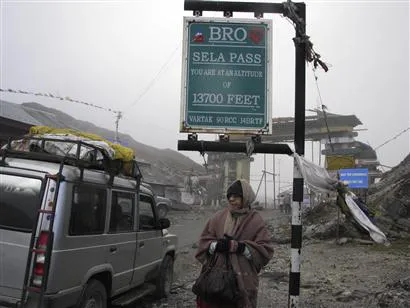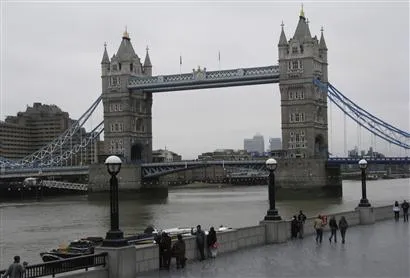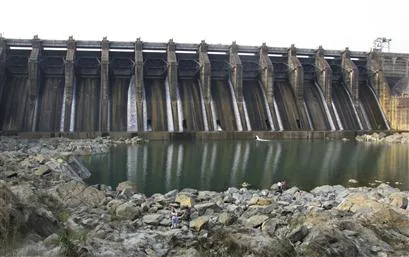
Introduction to Mineralogy and Petrology
Swapan Kumar Haldar
- 354 páginas
- English
- ePUB (apto para móviles)
- Disponible en iOS y Android
Introduction to Mineralogy and Petrology
Swapan Kumar Haldar
Información del libro
Introduction to Mineralogy and Petrology presents the essentials of both disciplines through an approach accessible to industry professionals, academic researchers, and students.
Mineralogy and petrology stand as the backbone of the geosciences. Detailed knowledge of minerals and rocks and the process of formation and association are essential for practicing professionals and advanced students. This book is designed as an accessible, step-by-step guide to exploring, retaining, and implementing the core concepts of mineral and hydrocarbon exploration, mining, and extraction. Each topic is fully supported by working examples, diagrams and full-color images. The inclusion of petroleum, gas, metallic deposits and economic aspects enhance the book's value as a practical reference for mineralogy and petrology.
Authored by two of the world's premier experts, this book is a must for any young professional, researcher, or student looking for a thorough and inclusive guide to mineralogy and petrology in a single source.
- Authored by two of the world's experts in mineralogy and petrology, who have more than 70 years of experience in research and instruction combined
- Addresses the full scope of the core concepts of mineralogy and petrology, including crystal structure, formation and grouping of minerals and soils, definition, origin, structure and classification of igneous, sedimentary and metamorphic rocks
- Features more than 150 figures, illustrations, and color photographs to vividly explore the fundamental principles of mineralogy and petrology
- Offers a holistic approach to both subjects, beginning with the formation of geologic structures followed by the hosting of mineral deposits and concluding with the exploration and extraction of lucrative, usable products to improve the health of global economies
Preguntas frecuentes
Información
Rocks and Minerals
Abstract
Keywords
1.1 Introduction
1.2 Importance of Minerals and Rocks to Society



